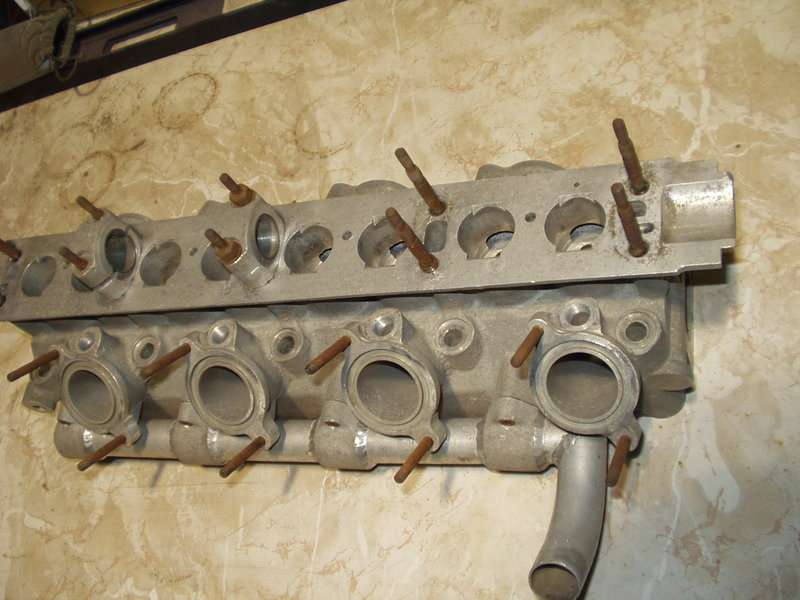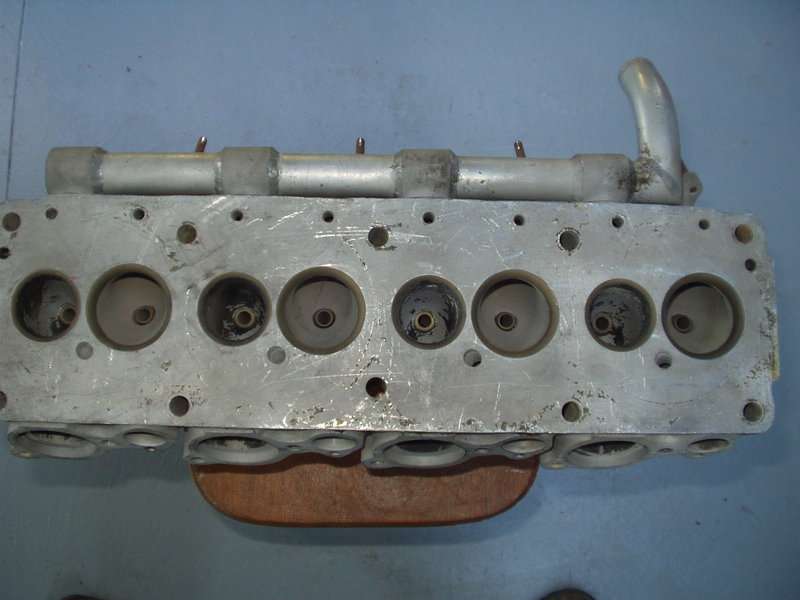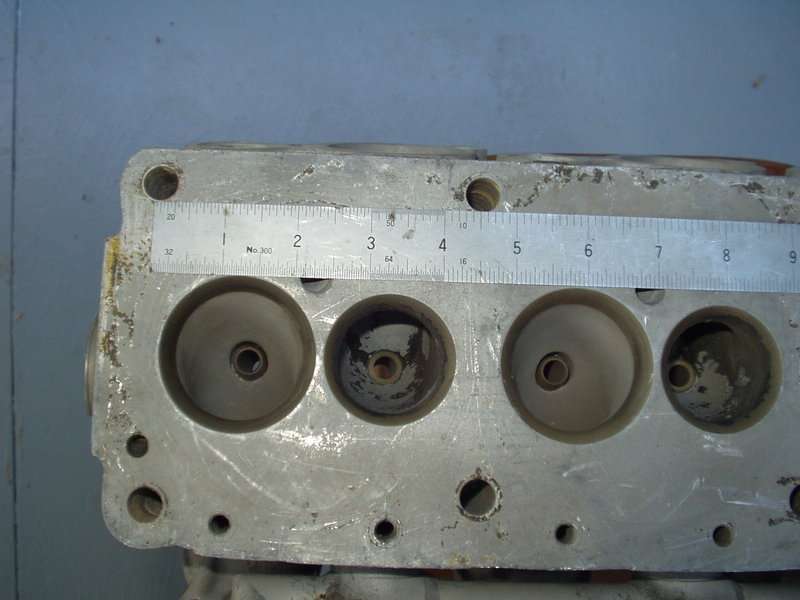In thinking about this Brabham/Pontiac, it would never be legal in the SCCA Trans Am, unless they put it into production, and I think 1000 units were the required number to be 'sold'.
It may have been possible that it could be dipping a toe in the water of the then rising FA/5000 series, but that was pretty well sewn up by the small block Chevrolet.
Perhaps it was just a joint excercise.
Bruce.
I agree, it would never have happened. All of those engines were modified road engines, homolgation specials to be sure but that engine would have been totally unsuitable for road use. It may have been able to be homolgated as a base for F5000/F.A though, I dont know the exact rules there. A little short stroke screamer would probably be good to cart around 600k of openwheeler but not so good to cart around 1200+k of Pontiac!
The Boss 302, Z28 engines are not very nice road car engines but defenitly more suitable for a high RPM sedan race engine.
Moffats engines were reputedly in the vicinity of 500 hp and he supposedly normally only used 7500 rpm, turn that another 1000 like they did in the states and you will get 500+ and ofcourse a good Z28 race engine made 500 or so.
Reputedly they are making well over 500 in GpN these days on Boss's, though modern oils and components make this far easier and I bet they are using at least 8000rpm.



















